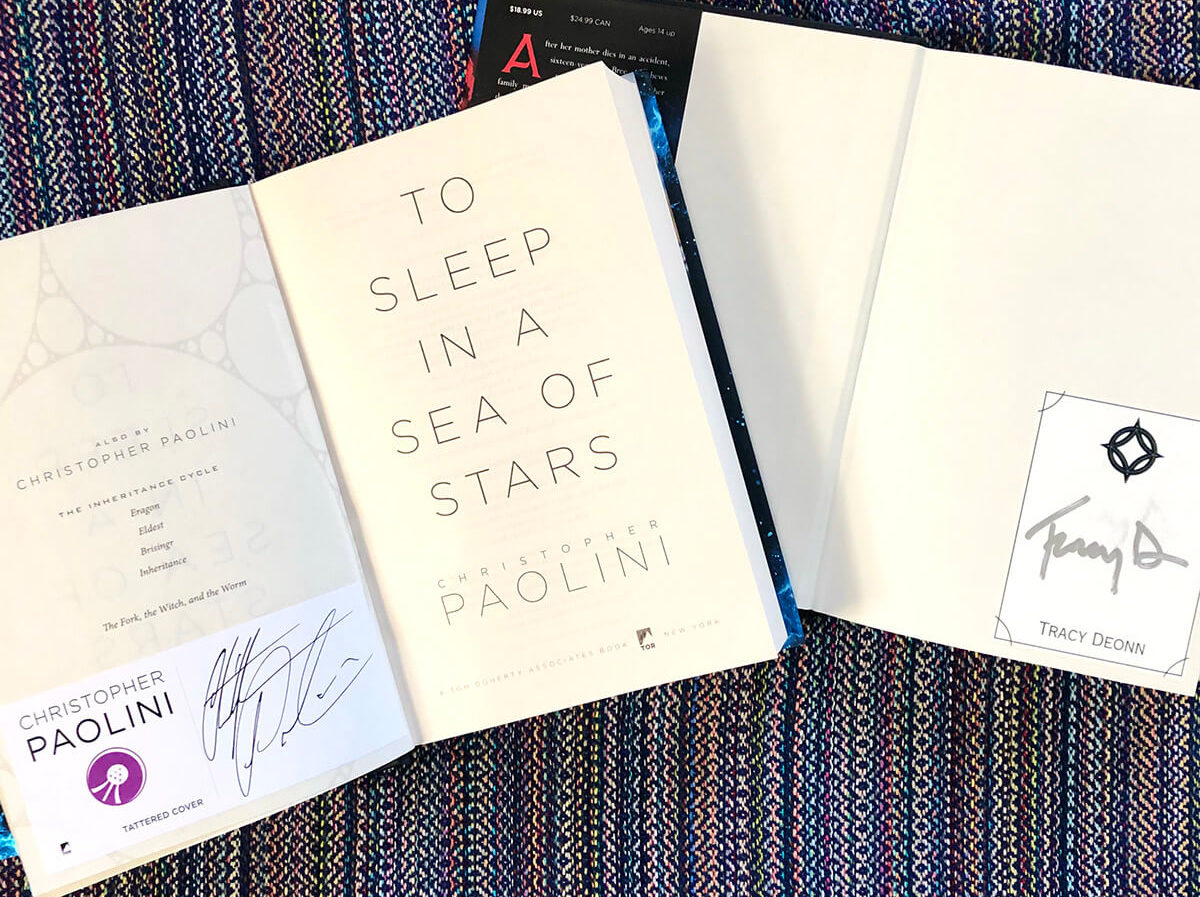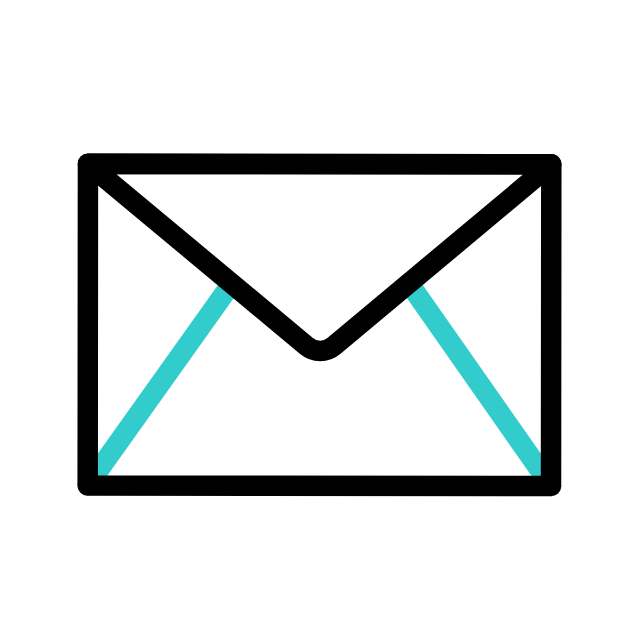What are bookplates and how can I use them?
Have you ever loaned someone a well-loved copy of your favorite book, only to never lay eyes on that book ever again? Have you decided that generosity is futile because no one understands the deep personal attachment you have with your books? Yeah, me too.
I still cringe when I think about loaning a friend my copy of “The Fault in Our Stars” in middle school. As I handed over the book, she asked me, Can I use highlighter in this? The audacity.
Bookplates were invented to solve this problem by documenting the personal relationship you have with your book, ensuring that everyone knows this book belongs to you. Are bookplates passive aggressive? Depends on who you ask.
But they can also be a fun way for an author to personalize their book for readers. And they can create a unique experience that will leave them eagerly awaiting your next release.
A Brief History
A bookplate, sometimes called an ex libris plate, is a label that is affixed inside a book. Traditionally, bookplates were used to indicate ownership. Historians have found evidence of bookplates being used in Ancient Egypt and Europe during the Middle Ages. Books were rare and extremely valuable prior to the advent of the printing press in the 15th century. So it was important to mark ownership in case a book was lost or stolen. Now, whether a bookplate actually resulted in more books being returned to their owner is unknown.
It’s safe to say early iterations of the bookplate were more practical than ornamental. Later on, however, these inscriptions developed into elaborate artistic expressions, as wealthy patrons commissioned designs from famous contemporary artists. Take a look at this bookplate designed by Albrecht Dürer (circa the late 15th or early 16th century) from the Metropolitan Museum of Art.
They often included a family crest or coat of arms, since they were primarily used to reflect ownership. Artists sometimes inscribed these by hand or made a woodcut or engraving to transfer their designs.
Nowadays, bookplates are usually affixed to the inside cover or front matter by sticker or stamp.
Bookplates have also taken on a variety of uses. They are still widely used to indicate ownership, but they can also be used to display an author’s signature or personalize a book.
An Author’s Signature
Adding a signature to a book helps to bridge the gap between the author and the reader. The personal connections made during a book event can turn a casual reader into a lifelong fan.
Bookplates are a safe way for authors to send their signature to anyone, from booksellers to fans. Sending a signed bookplate their way is a great alternative if you can’t meet someone in person to sign their book.
An author might also choose to sign bookplates for efficiency if they are signing a number of books all at once for a bookstore, book club, or other large event.
Here are some examples of authors using bookplates in recent months :
Publicity Plan
At this point, you may wonder: How can bookplates become a part of my publicity plan? When do I use them and who should I send them to?
Bookplates are especially useful when paired with virtual events. You can offer to send signed bookplates to a bookstore in advance of an event, ensuring that each attendee has access to a signed copy.
This benefits attendees who now have access to personalized books, as well as helps build a good relationship with your local bookseller. Bookplates can be used as an incentive to encourage attendees to buy their books from their local store instead of from Amazon. This encourages readers to shop from their local indie store!
You can also offer to send signed bookplates for fans who pre-order the book. Ask fans to DM or email their receipt to you. Then mail them a bookplate with a personal note thanking them for their support.
Additionally, bookplates can be used as an exclusive perk for a giveaway. A bookplate giveaway can be held in conjunction with a virtual event or on social media, just for fun!
Get Creative!
Although traditionally bookplates have been used in a limited number of ways, the possibilities are truly endless. There are plenty of unexpected ways to personalize books for readers, and to make your book stand out from the crowd.
Some authors, like David Sedaris, add drawings or sketches to accompany their signature. These drawings often relate to a specific meaning within the book, operating like an inside joke.
Another author recently took this idea and turned it up a few notches. Will Maclean, author of “The Apparition Phase” created a unique and memorable publicity campaign by personalizing copies of his book in a way no one has seen before.
Maclean signed 1,000 copies of his book, but made things a bit more interesting by “hiding” a 1,000-word short story within these copies. Each book contained one word from the story, as well as a number (ranging from 1 to 1,000) indicating its position within the story. When all 1,000 words are arranged in the correct order, the short story will be revealed.
This tactic turned readers into eager detectives, hoping to string all the words together. Fans flocked to Twitter, sharing each word that was included within their signed copy and keeping track of progress.
At the end of the day, bookplates are all about showing readers and booksellers that you care. They help to create a heartfelt memory for the reader which will have them reluctant to loan their copy of your book out to anyone — even their closest friends!
Create a Custom Bookplate Just for You
Looking for a unique way to connect with readers? We’ll help you create something truly special for your audience — designed, printed, and shipped straight to you.

Jackie Karneth is a publicist with Books Forward is an author publicity and book marketing firm committed to promoting voices from a diverse variety of communities. From book reviews and author events, to social media and digital marketing, we help authors find success and connect with readers.
Interested in what’s possible for your book sales and building readership? Check out our services, tell us your goals, and get a customized publicity campaign tailored just for you.


